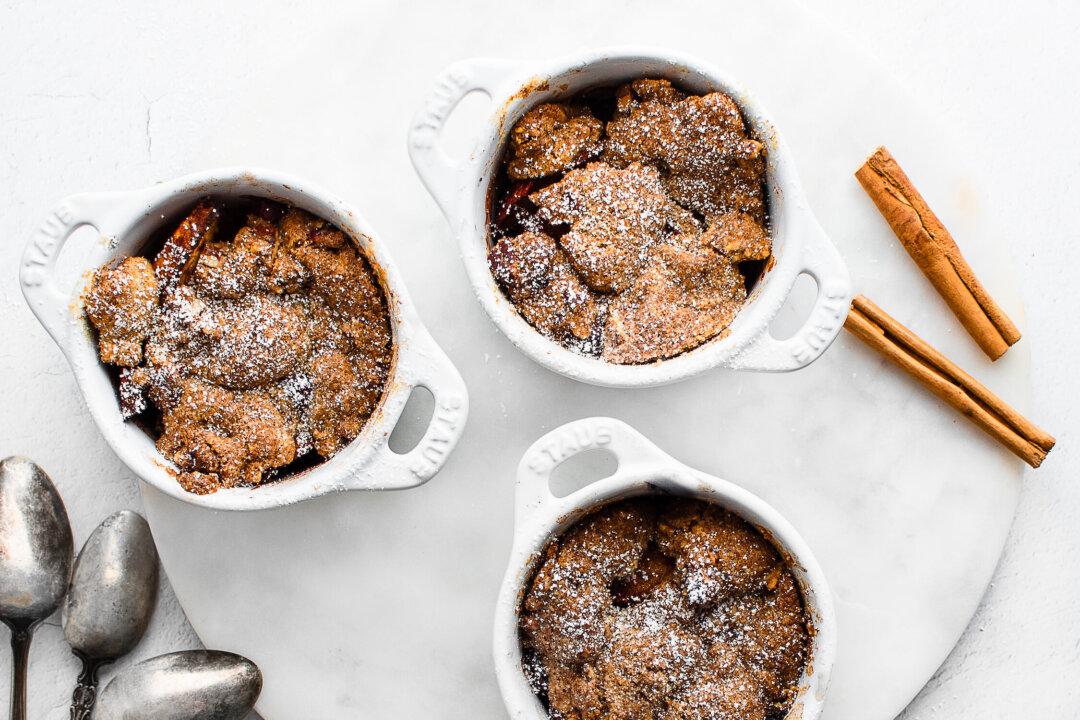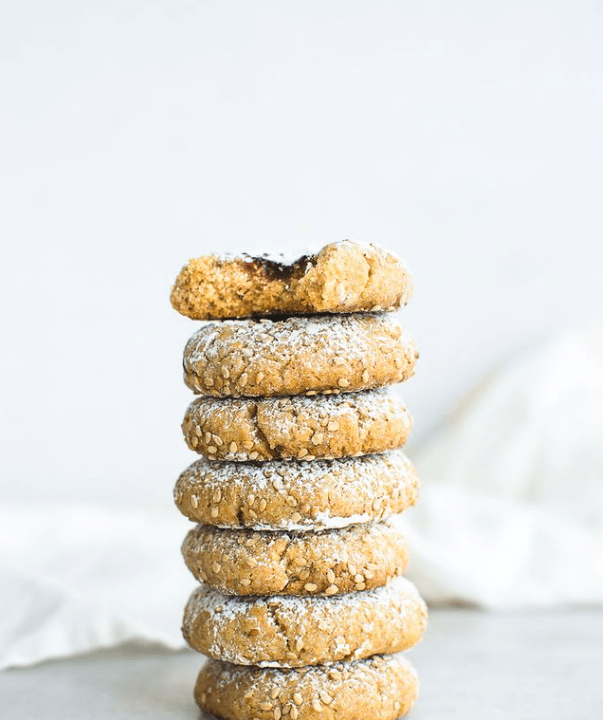If you’re headed to the grocery store for your fall or holiday baking, you’re in for a shock: Butter prices have nearly doubled over the past year.
The USDA reports that the average price of a pound of butter across the nation has increased to $4.52 in October from $2.85 a year ago. Supplies held in cold storage are the lowest they’ve been in years. According to the USDA, drought has affected the price of hay and cattle feed, making dairy farmers face higher costs than they have in years.





